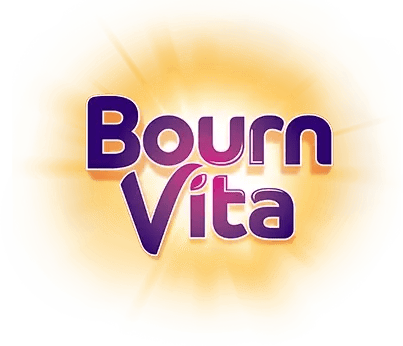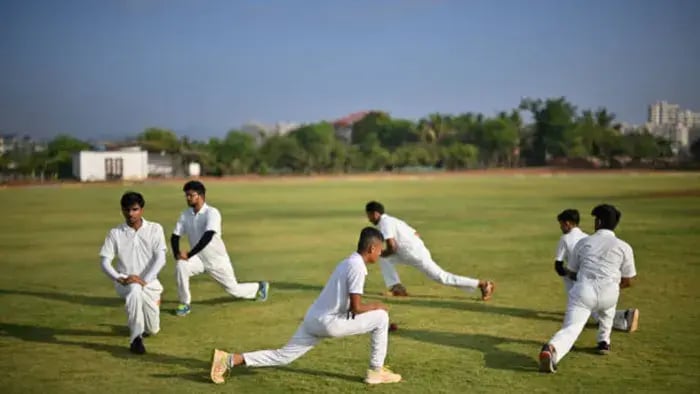- Arm Circles
- High Knees
- Side Bends
- Windmill Reaches
- Toe Touches
- Marching on the Spot
- Wall Push-Ups
Introduction
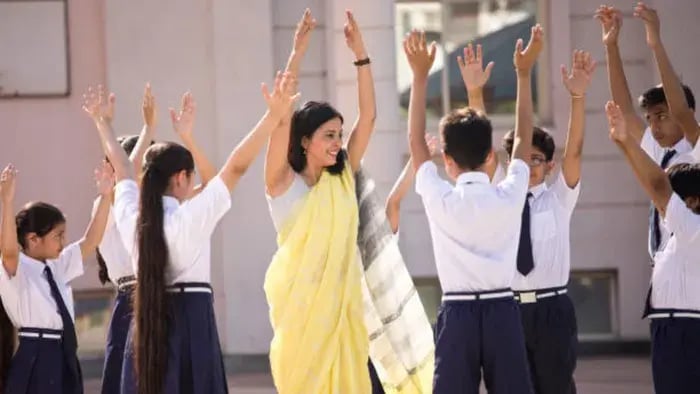
Kids are full of energy, and turning that energy into healthy movement is one of the best things you can do for them. Free-hand exercises are simple, fun movements that use no equipment, just the body and a bit of space. They help with balance, flexibility, strength, and focus, and make your child feel active and confident. You can do them at home, in school, or even during breaks between study sessions.
They don’t need special clothes, mats, or gear. Whether your child is stretching in the living room or doing jumping jacks in the garden, these moves keep their muscles strong and their minds sharp. These exercises are a great way to give your kids some screen-free time.
Moving a part of your child’s daily routine not only builds physical stamina but also mental clarity and emotional balance. These everyday fitness habits help kids be more focused, sleep better, and develop a love for being active – something that benefits them for life. When movement is enjoyable, it becomes something your child chooses, not something they resist. And that’s the first step to lifelong wellness.
7 Simple Free Hand Exercises for Kids for Everyday Fitness
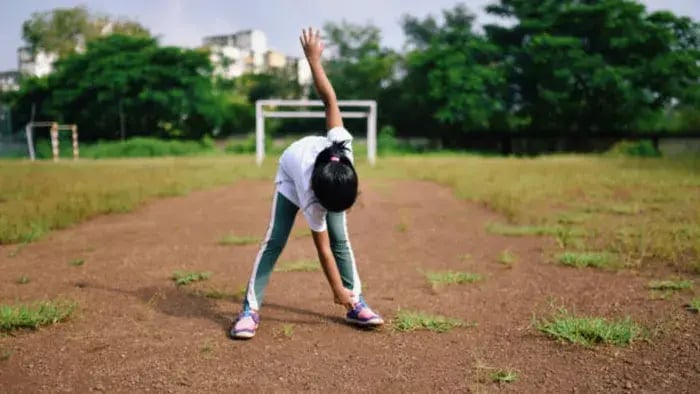
Free-hand exercises are an excellent way for kids to get fit without any fancy equipment. These exercises use natural body movements to build strength, coordination, and healthy growth. For kids who spend long hours in school or use digital devices, these simple workouts provide a refreshing break for both the body and the brain. Whether done indoors or outdoors, they fit into your child’s daily routine.
Here are 7 fun and easy free-hand exercises your child can do at home or anywhere there’s space to move.
Arm Circles
According to a study published in Sports Health. 2020, this is a simple yet effective exercise to increase shoulder flexibility and mobility. Ask your child to stretch both arms straight out at shoulder level like airplane wings. Then guide them to make small circles forward for about 30 seconds, then backward circles. As your child gets stronger, you can increase the size of the circles and the time spent on each round. This helps relieve shoulder stiffness, improves blood flow, and promotes better posture, especially after sitting for long periods.
High Knees
High knees are an energetic way to build leg muscles and endurance. Simply ask kids to jog in place, by lifting their knees as high as possible towards their chest while pumping their arms. The movement works the thighs, calves, and core and gets the heart rate up. Encourage your child to do this in short bursts – three rounds of 30 seconds with breaks in between. As per research conducted by, Front Physiol. 2021, this exercise improves coordination and balance and is good for kids who play sports or enjoy active games.
Side Bends
Research conducted by Cochrane Database Syst Rev. 2021, shows that this gentle exercise helps with flexibility in the sides of the body and strengthens the obliques. Ask kids to stand shoulder-width apart and put one hand on their hip. Then reach the other hand over their head and lean to the opposite side. Switch sides after a few seconds. Side bends stretch the spine and ribcage, release tension from sitting, and strengthen the core. It also helps kids become more aware of their body movement and posture.
Windmill Reaches
This exercise is both playful and energizing. Let your kids stand with legs wide apart and arms stretched out to the sides. Ask them to twist and touch their right hand to their left foot, then come back up and do the opposite side. Repeat for 30 seconds to a minute. According to the Ministry of Youth Affairs and Sports, windmills work the shoulders, core, and legs while also improving spinal flexibility and focus.
Toe Touches
Toe touches stretch the hamstrings, calves, and lower back areas that become tight from prolonged sitting. To do this exercise, kids need to stand tall with feet hip-width apart, then slowly bend at the waist and try to touch their toes. It’s okay if they can’t reach; the goal is to stretch comfortably. Research conducted by Int J Sports Phys Ther. 2012, suggests doing this regularly improves flexibility, posture, and muscle tone.
Marching on the Spot
This low-impact exercise is suitable for kids of all ages. To do this exercise, kids need to lift one knee at a time while swinging the other arm, like a soldier marching. You can play music to add rhythm or turn it into a parade march around the room. As per a study published in Neurol Int. 2023, marching improves coordination, balance, and motor planning. It’s great for building leg endurance and can be a gentle cardio option for kids who are new to exercise.
Wall Push-Ups
Wall push-ups are a kid-friendly way to introduce upper body strength. Kids can do this exercise by standing a few steps away from a wall and placing their palms flat on it at shoulder height. Then bend their elbows to bring their face close to the wall and push back to the starting position, repeat 10-15 times. A study published in J Shoulder Elbow Surg. 2011, states it strengthens the chest, arms, and shoulders without putting strain on the joints. It also helps with body control, balance, and good posture.
Conclusion
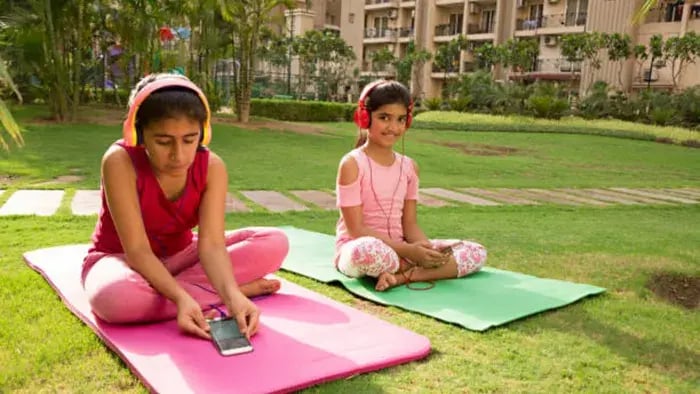
These exercises are simple, easy, and can be done at any time of the day. Kids can do these exercises 3-5 times each day and mix them up to keep it fun. These movements don’t just support fitness – they help your child feel more alert, confident, and ready to take on the day.
Her love for storytelling began with reading her grandfather’s speeches, where Tarishi saw the power of words in creating lasting memories. Combining her passions for food and writing, she has turned her life into a fulfilling path of sharing stories that celebrate flavours and how food brings communities together.
The views expressed are that of the expert alone.
The information provided in this content is for informational purposes only and should not be considered a substitute for professional medical advice, diagnosis, or treatment. Always seek the advice of your physician or another qualified healthcare provider before making any significant changes to your diet, exercise, or medication routines.
References
https://pmc.ncbi.nlm.nih.gov/articles/PMC2841059/
https://pmc.ncbi.nlm.nih.gov/articles/PMC10366860/
https://pmc.ncbi.nlm.nih.gov/articles/PMC3273886/
https://pmc.ncbi.nlm.nih.gov/articles/PMC8477273/





